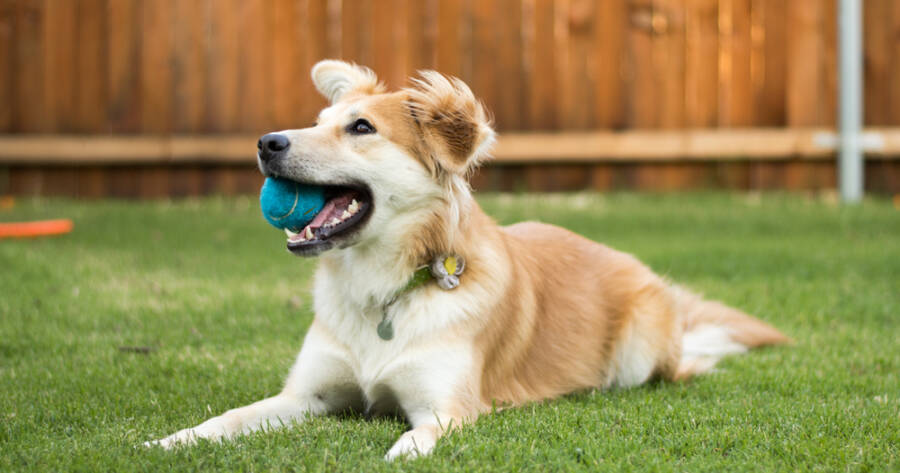Creating an outdoor space that both you and your furry companions can enjoy is not only possible—it’s incredibly rewarding. Pet-friendly landscaping blends safety, comfort, and design to create a backyard that’s functional and beautiful. Whether you have a curious dog who loves to dig or a cat that enjoys lounging in the sun, there are ways to make your yard pet-proof without compromising on aesthetics.
1. Choose Pet-Safe Plants
Many popular garden plants are toxic to pets, so choosing greenery wisely is essential. Skip harmful species like lilies, azaleas, oleander, and sago palms. Instead, opt for non-toxic plants such as:
- Marigolds
- Snapdragons
- Sunflowers
- Rosemary
- Ferns
Check the ASPCA’s list of toxic and non-toxic plants to ensure your selections are safe. Bonus: Many of these plants also repel pests naturally.
2. Create Shady Rest Areas
Just like people, pets need a place to cool down on hot days. Incorporate shaded zones using:
- Pergolas or gazebos
- Trellises with climbing vines
- Strategically planted trees or tall shrubs
Place a doghouse or cozy outdoor pet bed in shaded spots so your pet has a designated place to relax.
3. Use Pet-Friendly Ground Cover
Traditional lawns can be tough on both pets and maintenance routines. Instead, consider low-maintenance and pet-safe ground covers like:
- Clover – Soft and gentle on paws, plus it’s drought-tolerant.
- Mulch – Avoid cocoa mulch, which is toxic to dogs; stick to cedar or pine bark.
- Pea gravel – Great for drainage, but ensure it’s not too sharp or large for paws.
- Artificial turf – Pet-specific varieties are durable and easy to clean.
Choose materials that are gentle underfoot, easy to clean, and can stand up to a bit of roughhousing.
4. Designate a Digging Zone
If your dog loves to dig, giving them a designated space can protect the rest of your yard. Build a “dig pit” filled with sand or loose soil and encourage use with hidden toys or treats. Border it with stones or wood to make it distinct. Training your dog to dig only in that area may take time, but it’s worth the effort to save your garden beds.
5. Secure the Perimeter
Safety is a top priority. Make sure your yard is fully enclosed with a secure fence that suits your pet’s size and behavior. Key considerations include:
- Height: For jumpers, a taller fence (at least 6 feet) is crucial.
- Depth: To deter diggers, bury the fence 1–2 feet underground or add a barrier.
- Gaps: Ensure there are no wide spaces that small pets can squeeze through.
If privacy is also a concern, plant a hedge or use lattice panels for a natural screen.
6. Incorporate Paths and Trails
Pets love to patrol. Give them a clear path to walk by installing pet-friendly walkways using smooth stones, bricks, or pavers. Dogs especially enjoy having a route around the perimeter—they may even create one on their own! You can also use low hedges or garden borders to gently guide them away from off-limits zones.
7. Provide Fresh Water and Enrichment
Outdoor water bowls are essential, but why not get creative?
- Install a pet fountain or shallow splash pool.
- Use automatic waterers with filters to keep water fresh.
- Provide interactive elements like tunnels, ramps, or obstacle courses.
These enrichment tools can help reduce boredom and encourage healthy activity in the yard.
8. Avoid Harmful Chemicals
Fertilizers, herbicides, and pesticides can be dangerous to pets. Choose organic and pet-safe alternatives or apply treatments when pets are indoors and keep them off the lawn for the recommended period. Always store garden chemicals out of reach in locked containers or sheds.
9. Install Smart Features for Convenience
Modern tech can make your yard safer and more functional. Consider adding:
- Pet-safe motion lights for nighttime visibility
- Smart irrigation systems to keep your plants healthy without flooding pet zones
- Pet-access doors that allow controlled entry and exit
These small upgrades make a big difference in both safety and usability!
Get Gardening!
Pet-friendly landscaping doesn’t mean sacrificing style—it’s about designing with intention. From safe plant choices and shaded lounging spots to secure fences and enriching play areas, you can create a backyard oasis that supports your pet’s well-being while looking great. Whether you’re starting fresh or upgrading an existing space, a thoughtfully designed yard can become a shared haven where both you and your pets feel right at home.

